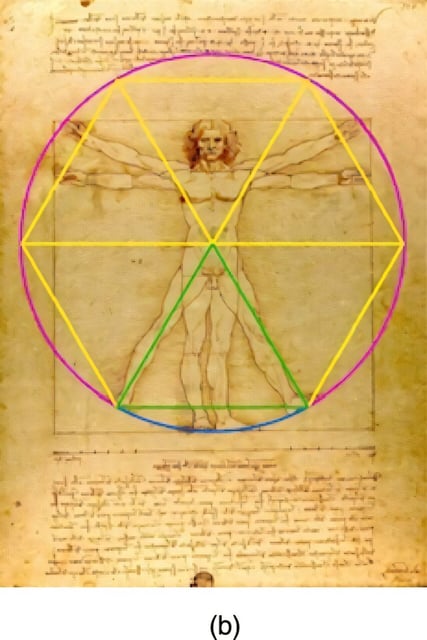Overview
- Dr. Rory Mac Sweeney’s analysis reveals an equilateral triangle embedded between the figure’s legs in the 1490 drawing.
- The shape matches Bonwill’s triangle, a 19th-century dental construct defining optimal jaw mechanics.
- Using the triangle yields a 1.64 ratio between the square’s side and the circle’s radius, aligning with measurements of the original work.
- That ratio closely echoes the tetrahedral constant of 1.633 found in nature’s most efficient crystal structures and sphere packings.
- Published July 2 in the Journal of Mathematics and the Arts, the study implies Leonardo anticipated modern principles of geometric and anatomical design.
